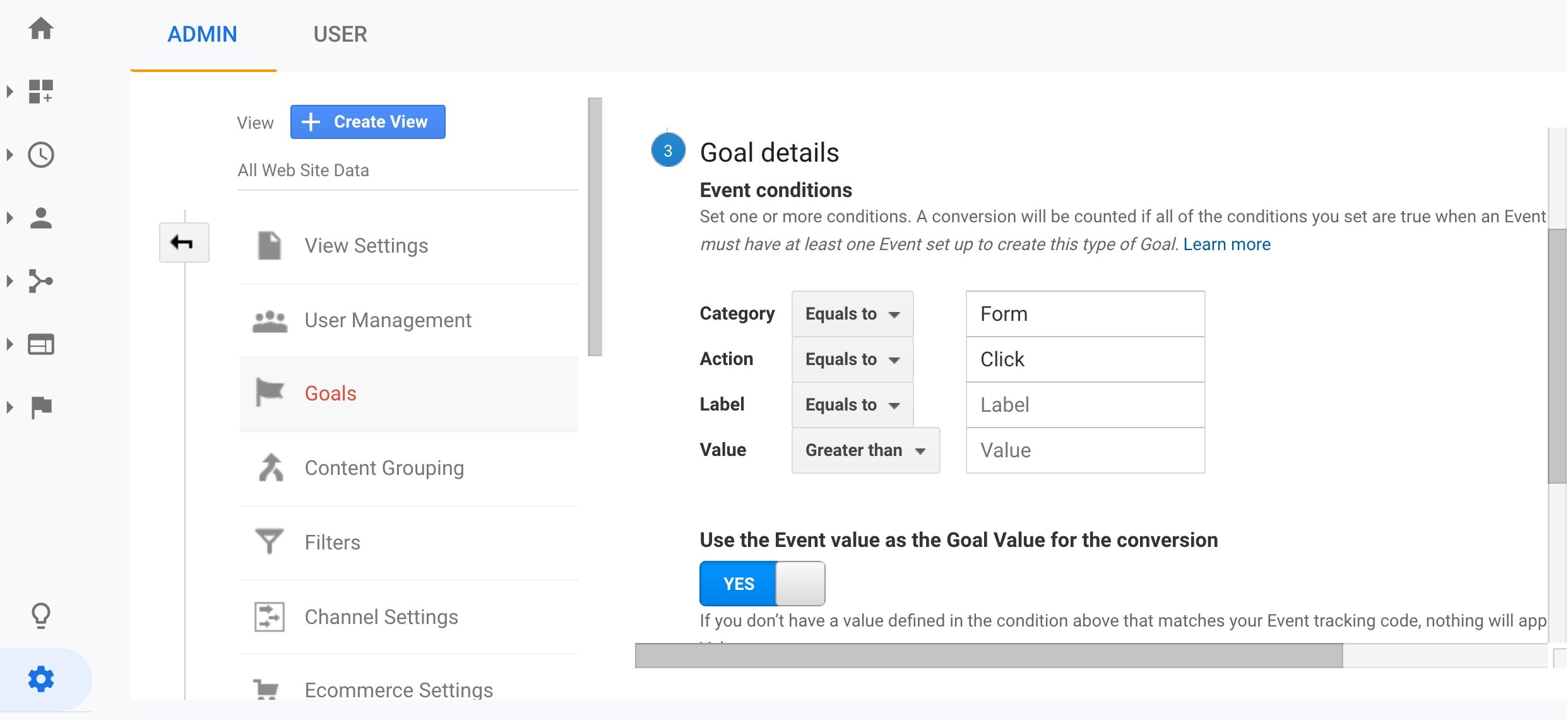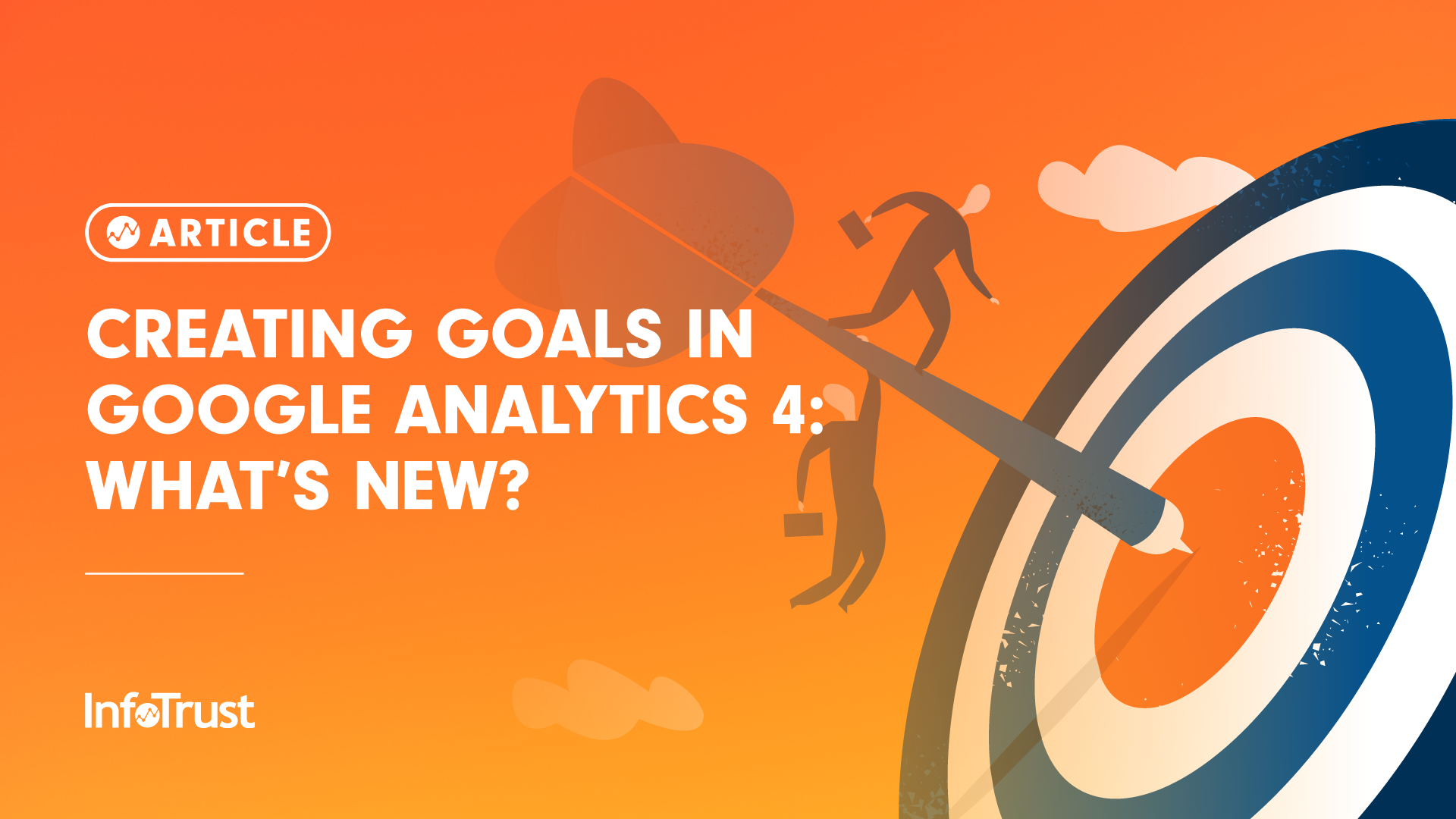Discover What Data Is Google Analytics Goals Unable to Track
Discover What Data Is Google Analytics Goals Unable to Track
Blog Article
Discover the Limitations of Google Analytics Goals: Revealing the Data Types That Remain Untrackable
As services significantly count on data-driven decision-making, understanding the constraints of devices like Google Analytics ends up being paramount. While Google Analytics Goals deal important insights right into individual interactions, there exist data types that avoid tracking, posing obstacles to a comprehensive understanding of customer behavior. These untrackable information kinds question regarding the accuracy and efficiency of the analytics information that companies greatly trust for their digital methods. Curious to discover the surprise blind places in your information analysis procedure?
Insufficient Customer Trip Tracking
Insufficient individual trip tracking within Google Analytics can hinder the capability to precisely examine customer actions. When the customer journey is not fully tracked, there are gaps in the data that avoid a thorough understanding of exactly how individuals interact with a web site. This absence of insight can lead to missed opportunities for optimization and improvements to the user experience.
One typical problem with incomplete user journey tracking is the inability to see the complete course that users take in the past completing a goal or leaving the site. Without this details, it is testing to determine where individuals may be running into barriers or rubbing points that stop them from converting. Additionally, insufficient monitoring can obscure the impact of certain marketing initiatives or site modifications on individual behavior.
To address this limitation, it is important to establish proper monitoring systems within Google Analytics to capture the whole user journey. This might involve setting up event monitoring, objective funnels, or using devices like Google Tag Supervisor to ensure that no crucial communications go unrecorded. By gaining a thorough view of the individual trip, web site owners can make more enlightened choices to improve user involvement and drive conversions.
Acknowledgment Difficulties
Navigating via acknowledgment challenges in Google Analytics needs a detailed understanding of just how different touchpoints add to the total conversion process. Acknowledgment difficulties occur from the complexity of modern-day customer journeys, where users engage with multiple networks before transforming. Google Analytics gives numerous attribution versions like first touch, last touch, and direct, each offering a different point of view on just how credit report is assigned to touchpoints along the conversion course. These designs might not constantly properly show the true influence of each touchpoint on the conversion.
One common acknowledgment obstacle is the problem in attributing conversions to the right source, specifically in instances where customers communicate with numerous channels prior to transforming. This can result in inaccuracies in identifying which advertising and marketing efforts are driving one of the most conversions. Furthermore, cross-device monitoring poses an additional acknowledgment difficulty, as customers usually change between gadgets throughout their journey, making it challenging to track their interactions seamlessly. Marketing experts must very carefully interpret and evaluate acknowledgment information to make educated choices and optimize their advertising strategies properly.
Offline Conversions
Offered the obstacles related to attributing conversions precisely in online networks, the dimension of offline conversions offers a substantial possibility for marketing experts looking for an extra detailed understanding of their clients' journey. Offline conversions describe actions that clients absorb the real world, such as making purchases in brick-and-mortar stores or over the phone, attending occasions, or involving with published products - what data is google analytics goals unable to track. These conversions are essential for services that operate both online and offline, as they supply useful understandings right into the efficiency of marketing campaigns across various touchpoints
Tracking offline conversions typically posed a considerable challenge for marketing professionals, as it was testing to attach these actions back to certain on-line communications precisely. Nevertheless, with innovations in modern technology, such as the assimilation of CRM systems, one-of-a-kind identifiers, and coupon codes, services can currently connect the void between online and offline information to obtain a much more alternative view of consumer habits. By successfully measuring offline conversions, marketers can optimize their techniques, allocate sources extra effectively, and ultimately boost the overall customer experience.
Cross-Device Tracking
Cross-device monitoring plays a critical function in understanding the interconnected nature of consumers' electronic interactions throughout several gadgets. In today's omnichannel globe, where customers flawlessly change in between tablet computers, desktops, and smart devices, tracking their actions throughout these devices is important for marketing professionals to gain a comprehensive sight of their customer trip.

Additionally, personal privacy problems and regulations such as GDPR and CCPA have further challenging cross-device tracking. With users demanding more control over their data and enhanced constraints on tracking modern technologies, online marketers must locate privacy-compliant and cutting-edge ways to link individual interactions across tools.
Dynamic Web Content Involvement
Understanding user engagement with dynamic material is crucial in enhancing electronic advertising strategies for improved target market interaction. Dynamic content describes site elements that transform based on user habits, choices, or various other aspects, offering a customized experience. Tracking individual interactions with vibrant material presents obstacles for conventional analytics devices like Google Analytics.
While Google Analytics can track fundamental communications like clicks and page sights, it might battle to capture more nuanced involvements within vibrant content. what data is google analytics goals unable to track. Metrics such as time invested on particular dynamic components, float actions, or communications within pop-ups are often not easily quantifiable using typical monitoring methods. This constraint hinders marketing experts' ability to fully comprehend exactly how users are involving with vibrant material and tailor their approaches appropriately

Final Thought
To conclude, Google Analytics goals have limitations in tracking incomplete user trips, associating conversions properly, capturing offline conversions, see this site tracking cross-device interactions, and measuring vibrant web content involvement. These constraints highlight the relevance of discovering extra tracking methods and devices to acquire a much more extensive understanding of user behavior and conversions beyond what Google Analytics can supply.
While Google Analytics Goals deal important understandings right into individual interactions, there exist data kinds that elude tracking, posing difficulties to a detailed understanding of customer behavior.Insufficient customer journey monitoring within Google Analytics can prevent the capacity to accurately examine individual habits. When the user trip is not fully tracked, there are spaces in the data that avoid an extensive understanding of how users communicate with a web site.One common problem with incomplete customer journey tracking is the failure to see the complete course that customers take before finishing an objective or leaving the browse around this site website. By getting an extensive sight of the individual trip, website proprietors can make even more informed choices to boost individual interaction and drive conversions.
Report this page